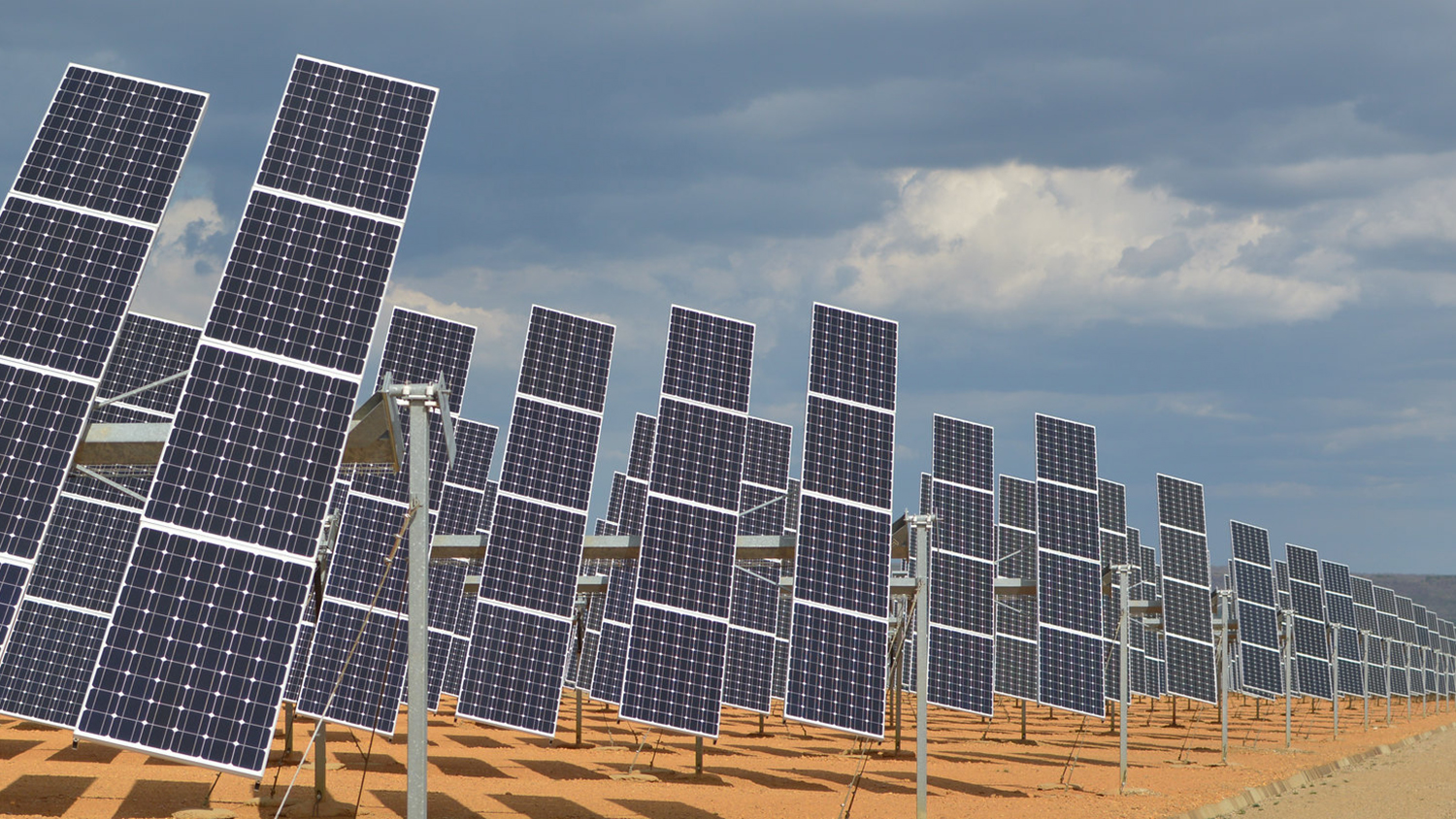Discovery Sheds Light on Synthesis, Processing of High-Performance Solar Cells

For Immediate Release
Halide perovskite solar cells hold promise as the next generation of solar cell technologies, but while researchers have developed techniques for improving their material characteristics, nobody understood why these techniques worked. New research sheds light on the science behind these engineering solutions and paves the way for developing more efficient halide perovskite solar cells.
“This is about material design,” says Aram Amassian, co-corresponding author of a paper on the work and an associate professor of materials science and engineering at North Carolina State University.
“If you want to intentionally engineer halide perovskite solar cells that have the desirable characteristics you’re looking for, you have to understand not only how the material behaves under different conditions, but why,” Amassian says. “This work gives us a fuller understanding of this class of materials, and that understanding will illuminate our work moving forward.”
Halide perovskites are basically salts, with positively and negatively charged components that come together to form a neutral compound. And they have several characteristics that make them desirable for manufacturing high-efficiency solar cells. They can be dissolved into a liquid and then form high-quality crystals at low temperatures, which is attractive from a manufacturing standpoint. In addition, they are easy to repair and can tolerate defects in the material without seeing a big drop-off in their semiconductor properties.
An international team of researchers delved into a key phenomenon related to halide perovskite solar cell synthesis and processing. It involves the fact that adding cesium and rubidium into the synthesis process of mixed halide perovskite compounds makes the resulting solar cell more chemically homogeneous – which is desirable, since this makes the material’s characteristics more uniform throughout the cell. But until now, no one knew why.
To investigate the issue, the researchers used time-resolved, X-ray diagnostics to capture and track changes in the crystalline compounds formed throughout the synthesis process. The measurements were performed at the Cornell High Energy Synchrotron Source.
“These studies are critical in defining the next steps toward the market readiness of perovskite-based solar cells,” says Stefaan De Wolf, co-corresponding author of the paper and an associate professor of materials science and engineering at the King Abdullah University of Science and Technology (KAUST).
“What we found is that some of the precursors, or ingredients, want to form several compounds other than the one we want, which can cluster key elements irregularly throughout the material,” Amassian says. “That was something we didn’t know before.
“We also found that introducing cesium and rubidium into the process at the same time effectively suppresses the formation of those other compounds, facilitating the formation of the desired, homogeneous halide perovskite compound that is used to make high performance solar cells.”
Next steps for the work include translating these lessons from laboratory-based spin-coating to large area manufacturing platforms which will enable the high throughput fabrication of perovskite solar cells.
The paper, “Multi-Cation Synergy Suppresses Phase Segregation in Mixed-Halide Perovskites,” is published in the journal Joule. First author of the paper is Hoang Dang, a research scientist at NC State. The paper was co-authored by Masoud Ghasemi, a postdoctoral researcher at NC State; Kai Wang, Ming-Chung Tang, Michele De Bastiani, Emilie Dauzon and Dounya Barritt of KAUST; Jun Peng of Australian National University; and Detlef-M. Smilgies of Cornell University. The work was done with support from KAUST and the National Science Foundation, under grants 1332208 and 1542015.
-shipman-
Note to Editors: The study abstract follows.
“Multi-Cation Synergy Suppresses Phase Segregation in Mixed-Halide Perovskites”
Authors: Hoang X. Dang, Masoud Ghasemi and Aram Amassian, North Carolina State University; Kai Wang, Ming-Chung Tang, Michele De Bastiani, Emilie Dauzon, Dounya Barritt and Stefaan De Wolf, King Abdullah University of Science and Technology; Jun Peng, Australian National University; Detlef-M. Smilgies, Cornell University
Published: June 6, 2019, Joule
DOI: 10.1016/j.joule.2019.05.016
Abstract: Mixed lead halide perovskite solar cells have been demonstrated to benefit tremendously from the addition of Cs+ and Rb+, but its root cause is yet to be understood. This hinders further improvement, and processing approaches remain largely empirical. We address the challenge by tracking the solidification of precursors in situ and linking the evolutions of different crystalline phases to the presence of Cs+ and Rb+. In their absence, the perovskite film is inherently unstable, segregating into MAI- and FABr-rich phases. Adding either Cs+ or Rb+ is shown to alter the solidification process of the perovskite films. The optimal addition of both Cs+ and Rb+ drastically suppress phase segregation and promotes the spontaneous formation of the desired a phase. We propose that the synergistic effect is due to the collective benefits of Cs+ and Rb+ on the formation kinetics of the perovskite phase and on the halide distribution throughout the film.


